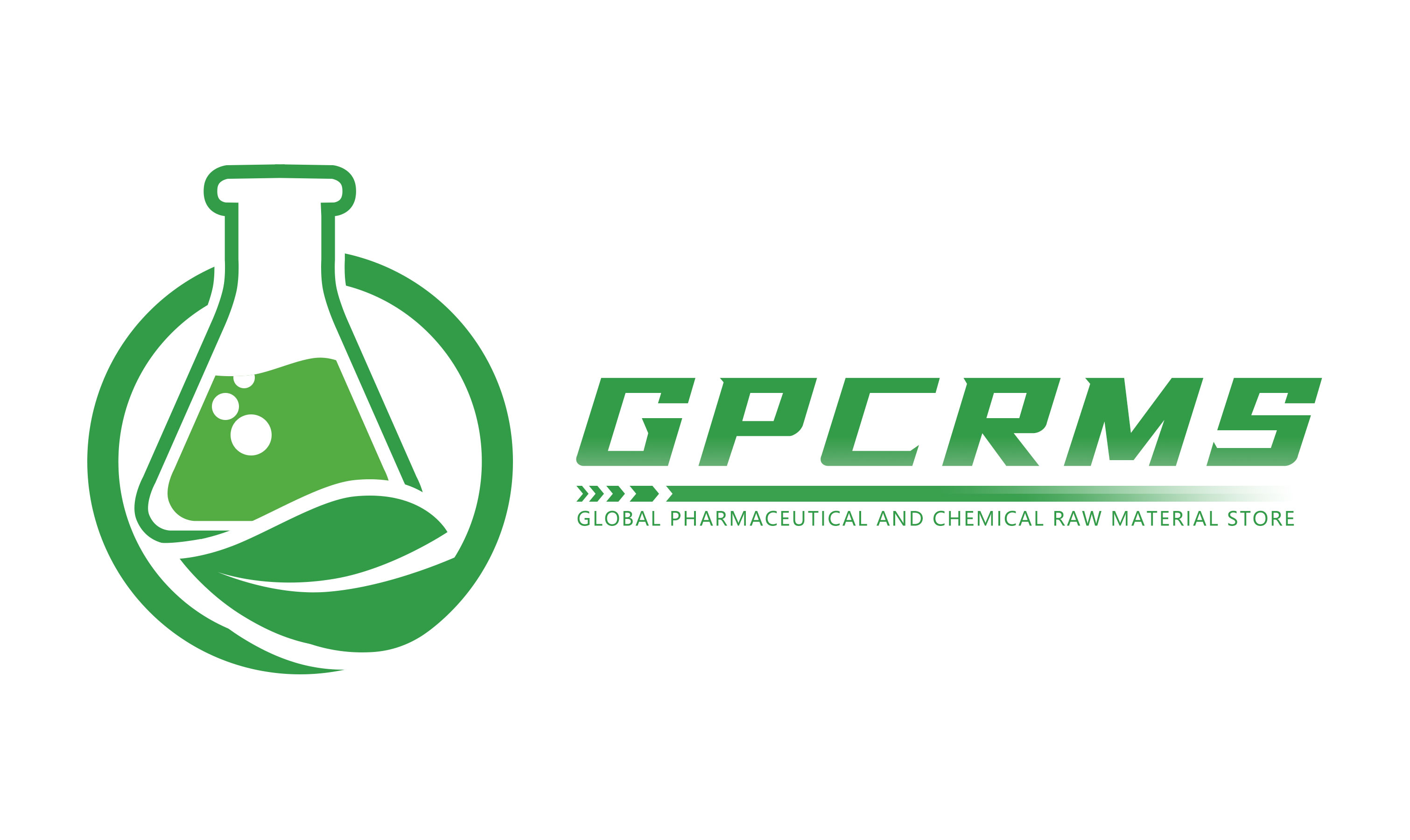How to explore Steroids alternative in Sarms?
When exploring alternative to steroids, SARMs (Selective Androgen Receptor Modulators) are considered by many as a potential option. SARMs promote muscle growth and enhance athletic performance by binding to androgen receptors and mimicking the effects of testosterone. However, compared to traditional steroids, SARMs are generally considered to have higher selectivity and fewer side effects, though this does not mean they are completely risk-free. Below is a detailed discussion on how to find a safe steroid alternative within SARMs.
Understanding How SARMs Work
The main effect of SARMs is to stimulate muscle growth and enhance bone density by activating androgen receptors. Compared to traditional steroids, SARMs are more selective, meaning they primarily act on specific tissues like muscles and bones while exerting weaker effects on other tissues such as the prostate and liver. This theoretically reduces common side effects associated with steroids, such as edema, liver toxicity, and hormonal imbalances.
However, different types of SARMs have varying mechanisms and effects, and understanding these differences is key to selecting a safe alternative. For example, Ostarine (MK-2866) and LGD-4033 (Ligandrol) are common SARMs that are mainly used to increase muscle mass and strength and have shown potential in clinical studies for treating muscle wasting and osteoporosis.
Comparing SARMs with Steroid Side Effects
The side effects of steroids typically include:
Liver damage: Traditional steroids (especially oral ones) are toxic to the liver.
Cardiovascular issues: Steroids can cause lipid imbalances, increasing the risk of cardiovascular diseases.
Hormonal imbalances: Steroids suppress the body's natural testosterone production, leading to decreased testosterone levels, which may cause sexual dysfunction, mood swings, and other issues.
Edema and high blood pressure: Some steroids may cause water retention and high blood pressure, increasing strain on the heart.
In contrast, SARMs generally have milder side effects. Although research is ongoing, preliminary data suggests SARMs have minimal liver toxicity and do not significantly affect the cardiovascular system like steroids. Some SARMs, such as RAD-140, may have a mild suppressive effect on testosterone levels, but this effect is typically less severe, and recovery is quicker upon cessation.
However, this does not mean SARMs are free from side effects.
SARMs may still cause:
Testosterone suppression: While SARMs have a lighter suppressive effect on testosterone, long-term use can still lead to a reduction in endogenous testosterone levels, potentially affecting sexual function and overall health.
Hormonal imbalance: Some SARMs, particularly at high doses or with long-term use, may still disrupt the body's hormonal balance.
Choosing Suitable SARMs Alternatives
If the goal is to avoid the side effects of steroids while using SARMs, the following common SARMs can be considered as effective alternatives that minimize side effects while still promoting muscle growth and strength:
Ostarine (MK-2866): One of the most popular SARMs, Ostarine is widely used to increase lean body mass, reduce fat, and improve muscle recovery. It has fewer side effects and is generally considered a milder choice. Ostarine has a minimal suppressive effect on testosterone, and many users recover testosterone levels relatively quickly after discontinuation.
LGD-4033 (Ligandrol): A potent SARMs that significantly increases muscle mass and strength. It has shown steroid-like effects in clinical trials but with fewer side effects. While LGD-4033 has a stronger suppressive effect on testosterone than Ostarine, its recovery time is still short, and it usually does not cause long-term hormonal imbalances.
RAD-140 (Testolone): RAD-140 is another powerful SARMs that promotes muscle growth and strength gains. Since it has a more significant effect on testosterone levels, it is recommended to use an appropriate post-cycle therapy (PCT) strategy when choosing RAD-140 to help restore natural hormone levels.
Recovery and Supportive Therapies
Although SARMs have fewer side effects compared to steroids, it is still important to consider post-cycle therapy (PCT) during usage. After long-term or high-dose use of SARMs, especially powerful SARMs like RAD-140, testosterone levels may decline. Therefore, PCT is essential after a SARMs cycle to help restore hormonal balance. Common PCT drugs include Clomid and Nolvadex, which help stimulate natural testosterone production and alleviate side effects.
Additionally, using liver protection supplements (such as N-Acetylcysteine (NAC) or TUDCA) and maintaining a healthy diet can support liver function and ensure optimal health during the cycle.
Conclusion
While SARMs have certain advantages over steroids in terms of safety and side effects, they are not without risks. Choosing the right SARMs and appropriate dosages is crucial. Understanding the side effects and potential risks of each SARM, and taking proper supportive therapies, can help maximize benefits while minimizing health risks. When seeking alternatives to steroids, the most important factor is to make rational choices based on your goals and bodily response, always keeping health a priority.
